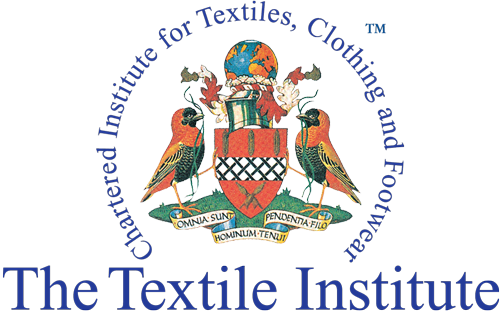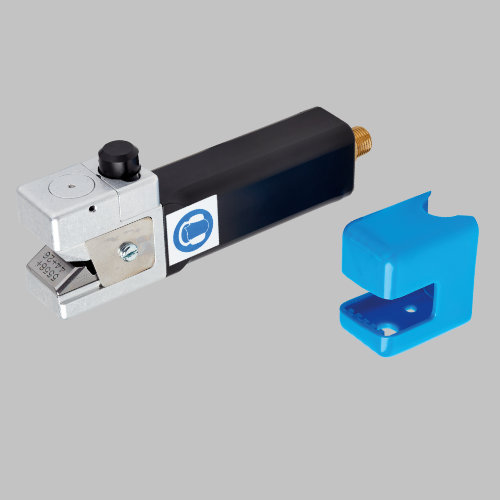
Product Specification
Splice format: Ends opposed.
Applications: Composites processes such as filament winding, pultrusion, and weaving.
Yarns: Carbon fibre, glass fibre, aramid, Panox, synthetic C.F.
Yarn counts:Nm 0.11 to 200, 5 to 9000 tex.
Twist: Low twist.
Model 113 for composites
Please see the new model here
Our most compact composites splicer yet.
The Model 113 is a light, user- friendly tool designed for the composites market.
Matching the performance of our Models 110 and 701, the 113 range makes neat, strong joints in heavy count yarns. These are typically glass fibre and carbon fibre rovings which, before Airbond’s developments, were difficult to splice.
Half the size of our other splicers in base form, the 113 makes splices in tight spaces. When fitted with a full-length handle, it is functionally identical to a Model 110.
Capable of joining brittle yarns such as glass and carbon and joining inherently strong aramids, the Model 113 is internationally recognized as the user-friendly, heavy-count splicer.
Using the Model 113
Like the Airbond Model 110, the 113 splicer is used for making “ends-opposed” splices in heavy count yarns, or other “difficult” yarns such as aramids. A Model 113 H splicer is shown below, as used by a right-handed operator. The splicer is held in the right hand, with the thumb on the trigger button.
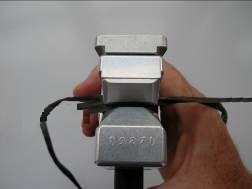
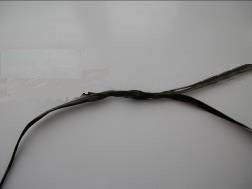
Move the splicer sideways about 3 cm. Make splice 3
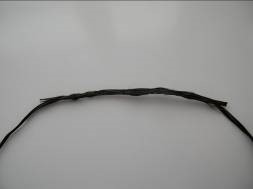
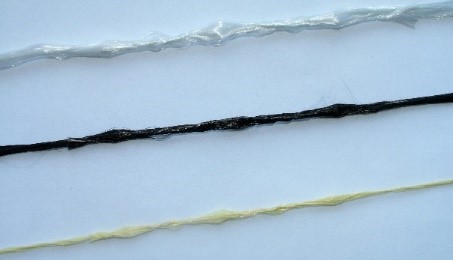
And that’s not all.
The operator has a number of operating parameters which can be changed at will, to optimise performance. The following variations are possible:
- Change the splicing chamber.
- Change the air pressure. (A built-in flow controller is an optional extra for the splicer)
- Change the length of overlap.
- Change the number of individual splices (three shown above).
As a general rule, the more prone to damage the fibre, the lower the air pressure should be. Clearly, parameters will depend on the requirements of the user, but we recommend as starting point the following air pressures:
| Carbon | 40psi | 3 bar approx. |
| Glass / acrylic | 80 psi | 5 bar approx. |
| Nylon / polyester | 90 psi | 6 bar approx. |
Interested in the Product? Would like to find out more?


